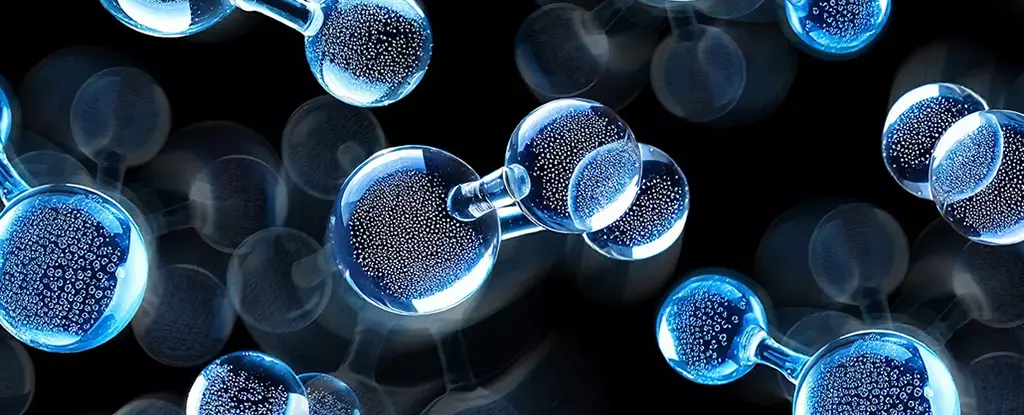The study of water, our most essential resource, takes a fascinating turn with the experimental confirmation of Plastic Ice VII, a unique and exotic form of ice previously only theorized. While the name might invoke images of low-budget sci-fi films, this form of ice is critical to understanding the conditions of extraterrestrial oceans and the broader universe. Recent research has shed light on the conditions under which this unusual state of water can form, revealing insights into its structure and behavior that challenge previous assumptions.
Plastic Ice VII is not your ordinary ice; it emerges under extraordinary conditions. Modern research indicates that this ice phase forms at pressures around 6 gigapascals and temperatures reaching up to 327 degrees Celsius (620 degrees Fahrenheit). This finding was made possible through advanced experimental setups at the Institut Laue-Langevin (ILL) in France, where researchers meticulously manipulated water to observe its transition into Ice VII. The cubic structure of this ice is particularly interesting as it features a complex arrangement of hydrogens—an attribute that sets it apart from more familiar forms of ice.
In this exotic phase, water molecules experience intense pressure and heat, compelling them to reconfigure in distinctive ways. As the molecular conditions change, the intricacies of their dynamics become critical for understanding the properties of this form of ice. Previous theorists suggested that when Plastic Ice VII melts, the hydrogens within the ice move freely, but this hypothesis lingered without experimental validation for some time.
Innovative Techniques for Discovery
A significant breakthrough in the investigation of Plastic Ice VII came from the use of quasi-elastic neutron scattering (QENS), a sophisticated technique that allows scientists to probe the minute movements of particles within a substance. By harnessing the unique capabilities of QENS to observe both translational and rotational dynamics, researchers, led by physicist Maria Rescigno from Sapienza University of Rome, were able to analyze the hydrogens’ behavior at a microscopic scale.
However, contrary to initial predictions of free rotation under high temperatures and pressures, the team discovered that the hydrogens do not rotate continuously but exhibit a staggered turning behavior. This unexpected finding suggests a more complex interplay of hydrogen bonds and molecular movement than previously thought. The ability to uncover this nuanced behavior marks a significant advancement in our professional understanding of water in extreme conditions, framing ongoing debates and guiding future research.
The implications of this discovery stretch far beyond the confines of a laboratory. Scientists speculate that exotic phases like Plastic Ice VII could exist on distant celestial bodies, such as Neptune or Europa, one of Jupiter’s moons. The existence of these states of water can influence our understanding of planetary formation, potential habitability, and geological processes on these icy worlds. By examining how Plastic Ice VII transitions during experiments, researchers can model how similar processes might have occurred in the distant past on these celestial bodies.
The upcoming research directions identified by the team include investigating the transition dynamics to Plastic Ice VII, whether it occurs gradually or in a more abrupt fashion. Physicists like Livia Bove have expressed a keen interest in exploring these transition scenarios in greater detail to assess their implications for ice formation in various astronomical environments.
The experimental confirmation of Plastic Ice VII not only validates theoretical predictions but also expands our comprehension of water’s complexities under extreme conditions. As research in this field continues, the findings will undoubtedly contribute to a better understanding of both terrestrial and extraterrestrial processes related to water. Through careful exploration and innovative techniques like QENS, scientists are paving the way for new discoveries, thereby enriching our understanding of the universe and the fundamental characteristics of one of its most essential substances—water. The journey into plastic ice is just beginning, and the implications for both science and our understanding of the cosmos are profound.


Leave a Reply